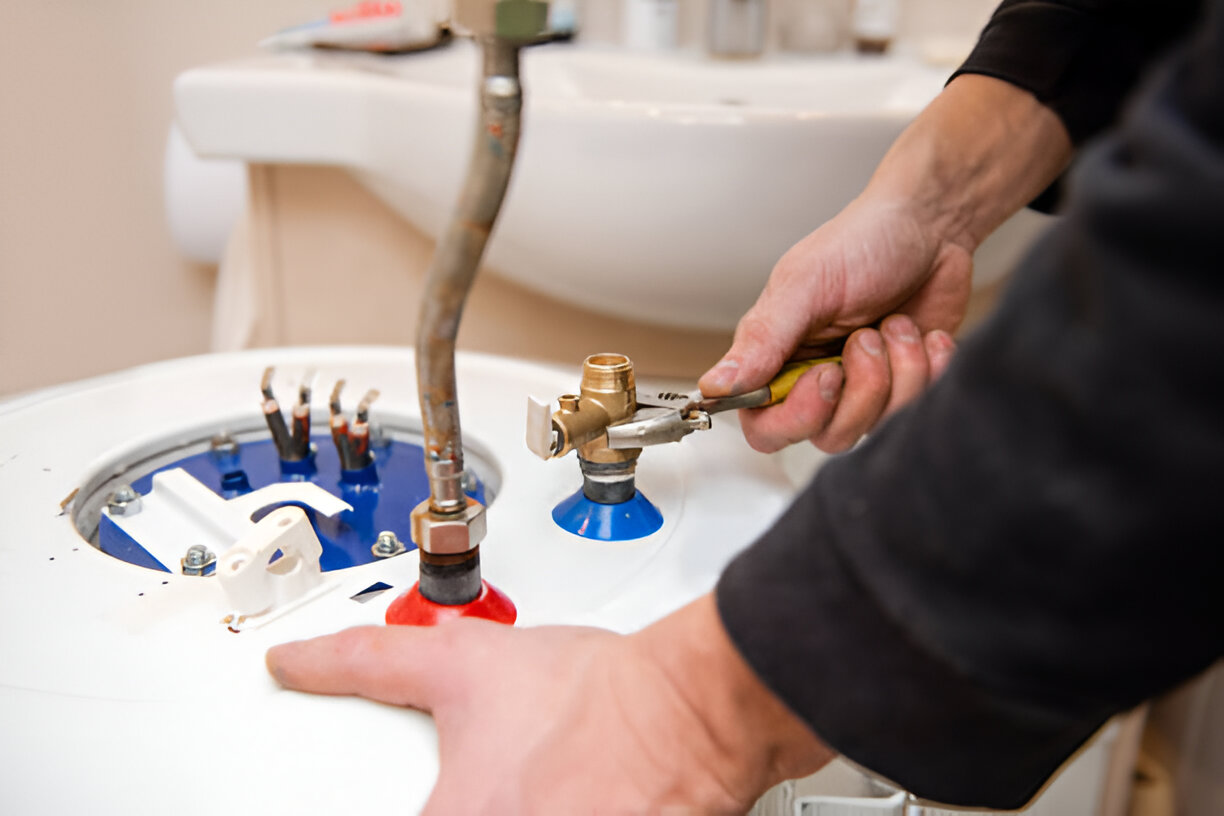Heating Maintenance in North Phoenix, AZ
A well-maintained heating system keeps your home safe, efficient, and dependable during North Phoenix cool snaps. Even though winters here are milder than in other regions, homes still rely on furnaces and heat pumps for early morning and nighttime comfort. Dust, seasonal temperature swings, and periodic monsoon debris all increase wear on heating equipment. Comprehensive seasonal tune-ups and preventative inspections reduce breakdown risk, lower energy use, and extend equipment life so your system is ready when you need it most.

Common heating problems in North Phoenix homes
- Reduced heat output after dusty monsoon months
- Short cycling caused by clogged filters or faulty thermostats
- Uneven heating due to dirty blower wheels or duct leaks
- Ignition or burner failures from buildup or worn components
- Excessive noise from motors, belts, or loose mounts
- Safety concerns such as elevated carbon monoxide risk from cracked heat exchangers
Understanding these patterns helps prioritize maintenance tasks that address local conditions: more frequent filter attention for dusty seasons and thorough safety checks after extended idle periods.
What a comprehensive heating maintenance service covers
A true preventive maintenance visit inspects, tests, and adjusts key system components. Core checklist items typically include:
- Filter inspection and replacement or recommendation for higher-efficiency filters
- Burner and ignition system checks, cleaning, and performance verification
- Thermostat calibration and control diagnostics to ensure accurate temperature response
- Safety and carbon monoxide testing, including venting and flame analysis
- Motor, belt, and blower inspections, lubrication where required, and belt tensioning
- Heat exchanger visual inspection for cracks, corrosion, or signs of stress
- Electrical connection checks, capacitors, and control board health
- Combustion and flue integrity checks for gas-fired systems
- System airflow verification and basic ductwork evaluation for obvious leaks or blockages
Each task is documented so you know the condition of your furnace or heat pump and which items may require attention now or shortly.
Diagnostic process and how a tune-up works
A standard tune-up begins with system history and symptom review, followed by a controlled startup to observe operation. Technicians use visual inspection and diagnostic tools to measure:
- Temperature rise across the heat exchanger or coil
- Ignition sequence and burner stability
- Electrical draw and motor performance
- Combustion efficiency and carbon monoxide levelsFrom there, technicians clean components, tighten connections, replace disposable items like filters, and calibrate controls. Any safety concerns are flagged immediately with clear explanations of risk and recommended next steps.
Benefits of regular heating maintenance
- Improved efficiency and lower energy bills through clean burners, calibrated thermostats, and proper airflow
- Extended equipment life by reducing stress on motors, ignition systems, and heat exchangers
- Reduced risk of emergency breakdowns, especially during cold mornings when demand spikes
- Enhanced safety through carbon monoxide testing and venting verification
- Better indoor comfort with fewer hot or cold spots and more consistent temperature controlTimely maintenance pays for itself over time by preventing major repairs and keeping your system running near peak performance.
Maintenance plans and service agreements
Typical maintenance plans provide ongoing care tailored to your system type. Common plan features include:
- Annual or biannual tune-ups timed for fall and spring to cover heating and cooling seasons
- Priority scheduling for plan members during peak demand
- Written service reports after each visit documenting findings and recommended next steps
- Preferential labor rates or parts discounts for covered repairs
- Record keeping to satisfy manufacturer warranty maintenance requirementsPlans are designed to simplify ownership and ensure the documentation needed for warranty claims is maintained.
Typical service timelines and what to expect
A full heating tune-up for a single residential unit generally takes about 60 to 90 minutes depending on system condition and whether additional repairs are necessary. Heat pumps and dual-fuel systems may take a bit longer because technicians evaluate both heating and defrost cycles. If repairs are identified, a separate follow-up visit can be scheduled to complete parts replacement and system restoration.
Financing options and manufacturer warranties
Financing options are commonly available to help manage larger repair or replacement needs when maintenance uncovers issues. Homeowners often use third-party financing to spread payments for major work. Regular documented maintenance is frequently required to keep manufacturer warranties intact. For example, Day & Night system warranties typically specify timely professional maintenance as part of their terms, so routine tune-ups preserve warranty eligibility and long-term value.
Licensing, insurance, and professional credentials
Work should be performed by licensed and insured technicians who follow local codes and safety standards. Local roofing and plumbing codes aside, HVAC contractors should carry proper contractor licenses and liability insurance to protect your home. Proper credentials ensure technicians are trained on fuel-burning equipment, electrical diagnostics, and carbon monoxide testing protocols.
North Phoenix homeowners should look for contractors with regional experience who understand how desert dust, temperature swings, and seasonal humidity impact system performance and service intervals.
Emergency follow-up and seasonal tips
If your heating system exhibits signs of combustion problems (strange odors, visible soot, or symptoms of carbon monoxide exposure), leave the area, ventilate if safe, and have the system assessed immediately by a licensed technician. For routine prevention:
- Change or inspect filters monthly during heavy use periods
- Keep outdoor units clear of debris and desert vegetation
- Seal and insulate accessible ductwork to reduce heat loss
- Test carbon monoxide and smoke detectors seasonally
Regular attention and timely inspections reduce risk and help avoid emergency situations that are disruptive and costly.
Regular, professional heating maintenance in North Phoenix reduces energy use, enhances safety, and preserves system reliability. A documented, seasonally timed tune-up tailored to local climate conditions is one of the most cost-effective ways to protect your heating investment and maintain comfortable indoor living throughout the cooler months.
Customer Testimonials
Hear directly from our customers about the quality, honesty, and care we bring to every job.










